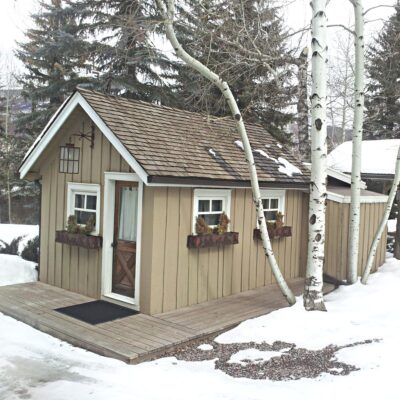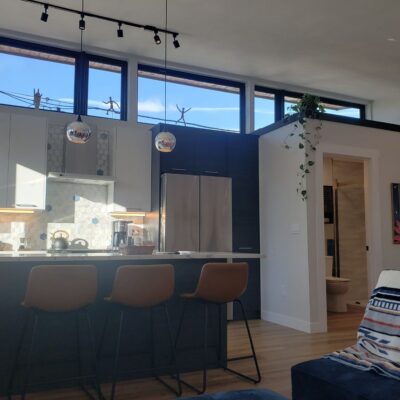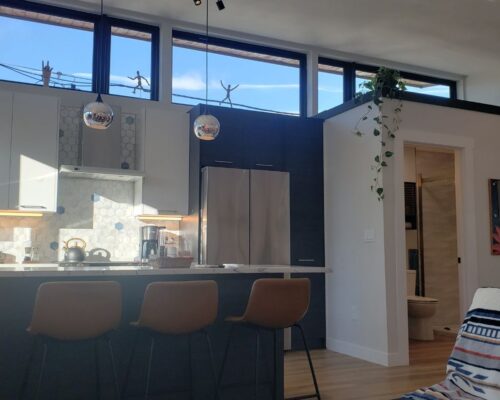BLOG
5 Factors to Consider Before Building an Accessory Dwelling Unit
 Are you considering adding a guest house or detached garage apartment to your primary residential lot? An accessory dwelling unit (ADU) can provide passive income and increase your property values. They also can be used to address multi-generational living needs.
Are you considering adding a guest house or detached garage apartment to your primary residential lot? An accessory dwelling unit (ADU) can provide passive income and increase your property values. They also can be used to address multi-generational living needs.
However, constructing an ADU often falls under different zoning rules and regulations, and maintaining one increases upkeep and utility expenses. Here are five factors to consider before building an ADU.
Primary Types of ADUs
- Detached New Construction ADU
Sometimes called a mother-in-law residence, granny flat, or backyard cottage, this type of ADU is purpose-built from the ground up to serve as a secondary housing unit. Detached New Construction is the most expensive ADU option. - Addition or Attached ADU
Also known as bump-out units, these involve adding an extension to the main house or converting already-attached space. Addition or attached ADUs add square footage to the property without altering the primary home’s existing square footage. - Above-Garage ADU
These convert the area above a garage into residential space without changing the function of the garage itself. Above-garage ADUs were once known as carriage houses.
Zoning Laws Dictate What Type You Can Have
By definition, since you’re building on the same property as your primary residence, you’re building the ADU on a lot that’s already zoned residential. Beyond that, however, the rules can vary widely based on your local zoning laws.
For example, some cities encourage ADUs because they help solve housing shortages. Other cities discourage them for fear of overdevelopment or overcrowding.
Most cities allow ADUs within specified limitations; for example, they may allow conversion of existing space but not the construction of new space or require that the residential lot exceeds a certain size. We will work with you to determine which options are available for your property.
An ADU Must Be Sold with the Main Residence
Although the ADU is a separate living space, it belongs to the same property owner as the primary residence, and most areas require that the two are sold together as one package.
Know the Area Development Standards Before Building
Property development standards vary from city to city and even neighborhood to neighborhood. Your ADU must fall within local density constraints, maximum height, distance from the property line, available parking space, and similar guidelines.
The Unit Must Be Habitable
To be considered a secondary living space, an ADU must be designed specifically to be habitable, i.e., to be a space in which someone can live independently of the primary residence. That means it has to have its own kitchen (or kitchenette) and bathroom.
Denver’s Trusted Design-Build Contractors
For over 20 years, the people of Prospect 30 Eight Construction have been dedicated to quality, precision, and serving our clients throughout the Denver Metro Area and Jefferson County. It’s kept us thriving, who we are, and who we’ll continue to be for decades to come.
Get in touch with Prospect 30 Eight Construction today to take your first step toward building an ADU that meets all of your needs. Contact us for a free consultation.







